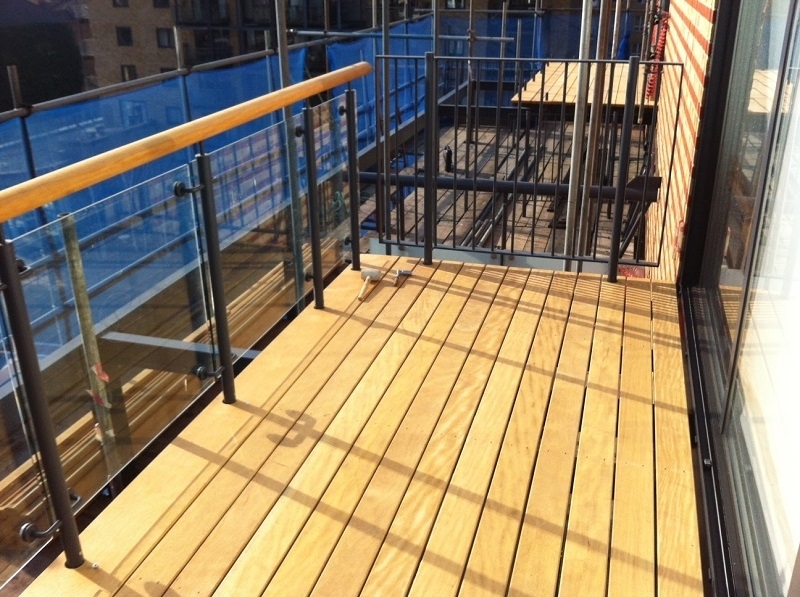Spotlight on Species – Opepe
Published: 26/04/21 By: Mike Bekin
Botanical Name
The botanical name of Opepe is Nauclea diderrichii. Opepe is a member of the Rubiaceae family. The original name of the tree is Bilinga, but is known as Opepe in England and Aloma in Germany.
It also has a few other names, these being Badi, originating from the Ivory Coast, and Kusia in Ghana.
Where Is Opepe Found?
Opepe is primarily found across the tropical parts of Africa. It is most commonly seen in Sierra Leone and Uganda and the land in between.
A few other locations where one could expect to find Opepe trees include Cameroon, the Democratic Republic of Congo, the Ivory Coast, Ghana, and Liberia. It is most at home in tropical or subtropical lowland forests.
What Does Opepe Look Like?
Opepe trees can grow from 114ft – 157ft, with an average trunk diameter of 1 – 2 meters (3.2ft – 6.5ft). It is often found completely unbranched until around 88ft.
It is considered to be an evergreen hardwood tree and shares many aesthetic characteristics with this group.
What Does Opepe Timber Look Like?
Opepe timber is very vibrant in appearance, lending to its tropical aesthetic.
The heartwood has an orange hue but can occasionally be more of a golden brown.
The sapwood is slightly different, being lighter in appearance and taking on a more yellow hue.
This change in colour is often very abrupt, as the heart and sapwood are often not very clearly demarcated.
The grain of Opepe is commonly interlocked and does not follow a pattern, leaving it irregular. The timber has a coarse texture to it but makes up for this with natural lustre, allowing it to appear glossy and radiant.
What Variations Of Opepe Exist?
Opepe is exclusively found in tropical or subtropical Africa. For this reason, Opepe is a unique wood with no variation in the overall appearances of both tree and timber.
What Are The Properties Of Opepe?
Opepe has a strength rating of D50, and it is listed as a durable wood.
Despite being very hard, it is only moderately heavy compared to other woods in this class with a density of 750 kg/m3. For comparison, Purple Heart, which is another D50 wood, has a density of 880 kg/m3.4. This means Opepe can achieve the same structural function, such as decking spanning between two joists, with less weight to the overall structure.
In scenarios where wood needs to be bent, Opepe is often disregarded due to its natural resistance to bending, but it can be relatively easier to work with than other woods in its durability class.
What Are The Main Uses Of Opepe?
Opepe shares many of the same uses as Cumaru such as decks, and exterior furniture, and forms of general construction or even heavy-duty tasks such as marine fenders.
Opepe takes this slightly further, however, also being used within general construction work as well as boatbuilding.
It is often used in place of Oak, except when the job calls for the wood being bent.
Curiosity
As well as the leaves being used for Palm Soup in Ghana, the bark of the tree is also immensely useful.
A decoction can be made with the bark to create treatments for anaemia, stomach aches, and indigestion.
Additionally, Opepe is on the IUCN Red List as a threatened species, therefore it is only available from well-managed, ecologically responsible sources.
